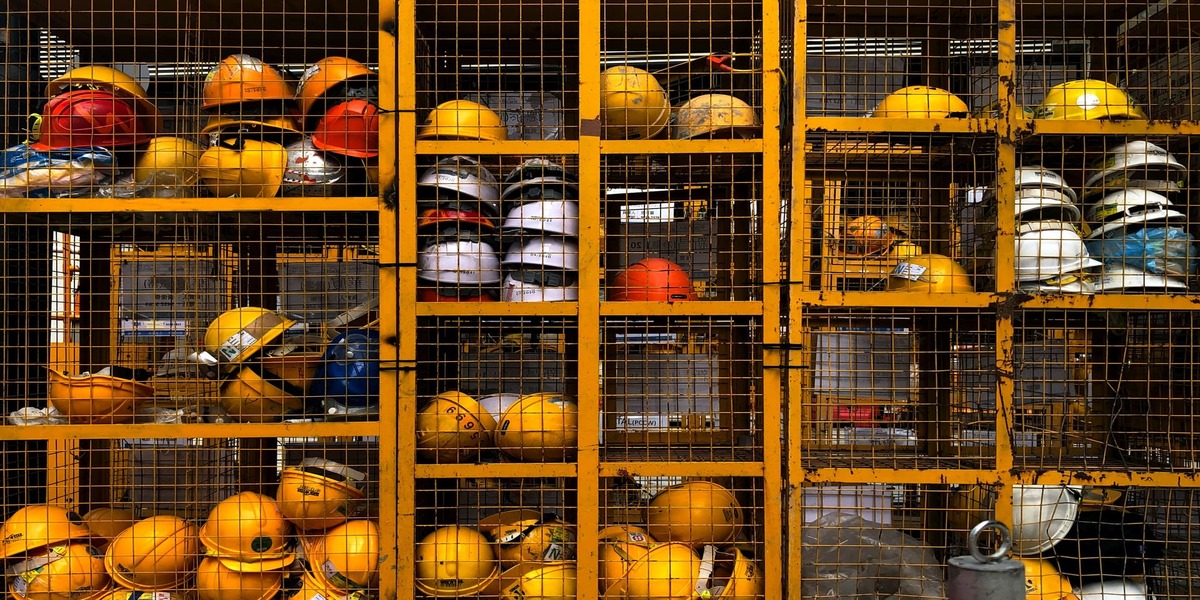Safety Governance - Part One

The requirement for Safety Governance, especially in today's litigation-focused world, is paramount for company directors. It will help demonstrate that they are in control of their company’s safety arrangements and validate their pledge. The safety of workers and stakeholders is paramount and is ensured via their safety policy.
Few companies would choose to ignore financial governance processes or fail to conduct due diligence when negotiating the takeover of another company. Yet, evidence of safety governance is lacking in many businesses, possibly through ignorance or failure to see this as an essential boardroom tool.
Sadly, directors and senior management have neglected safety governance in the past, which has led to serious incidents and fatalities in the workplace. A prime example of this is the 2010 Pike River Mine Disaster in New Zealand which led to the death of 29 underground workers in a massive explosion.
The Royal Commission, led by Justice Graham Panckhurst, outlined several occasions where the Board of Directors of the mine and its parent company were oblivious (or did they choose to ignore) to the safety concerns continuously raised by middle managers and employees of the mine.
The boardroom rarely asked about safety policies, let alone discussing any safety issues; however, the board’s only focus was on attracting further investors and getting the mine into full production and profitability.
Therefore, we can ask the question: If the board of Pike River Mine had a safety governance program, is it possible that 29 innocent lives would not have been lost and prevented their families from suffering from the loss of a son or brother or father?
The short answer to the question is summed up in a quote from the Royal Commission into the disaster at Pike River Mine:
“The board and directors are best placed to ensure that the company effectively manages health and safety. They should provide the necessary leadership and are responsible for the major decisions that most influence health and safety: the strategic direction, securing and allocating resources, and ensuring the company has appropriate people, systems and equipment.”
Merits of Safety Governance Program
So, suppose it is not yet entirely clear. In that case, a safety governance program is essential to lead health and safety policy within the company and ensure that safety is noted, discussed, and guided at the highest level in a company. It is essential to prevent harm to workers and those affected by your company on a moral level. Still, there are some financial benefits to ensuring a high level of workplace safety governance.
Top of that governance benefits list is probably the company's reputation, which guarantees the company’s continued growth and profitability. There may also be cost savings in not transgressing safety regulations and thereby not attracting prosecution, fines, “stop-work orders,” or imprisonment of directors. Note that in many countries, there are now Corporate Manslaughter laws which can lead to severe sanctions for the company and its officers!
In the case of the Pike River Mine, the workings were sealed off, the company went bust, and investors lost millions of dollars of money. Add to that the effect on the reputations of the board members and some of the significant investment companies!
In Part Two, I will outline good practices in safety governance.
This article was contributed by our expert Martyn Gomersall
Frequently Asked Questions Answered by Martyn Gomersall
Q1. What is safety Governance?
Safety Governance ensures improvement in workplace conditions. It stresses the need for management intervention to address issues related to the safety and health of the employees.
Q2. Why is safety governance important?
The safety of the employees is the responsibility of the company management. A high level of health and safety performance is directly linked to business excellence. As discussed in my article, it is essential to prevent harm to workers and all those affected by your company on a moral level. Still, there are some financial benefits to ensuring a high level of safety governance.
Q3. What are some safety policies?
Some of the workplace safety rules that you can implement in your organisation are, keeping work areas clean and tidy, providing proper training to the workforce before operating on tools and machinery, improved lighting, Use of administrative controls, hazard isolation, locking, warnings, signs and symbols marking hazards, etc.
Comments
No comments yet. Be the first to comment!
